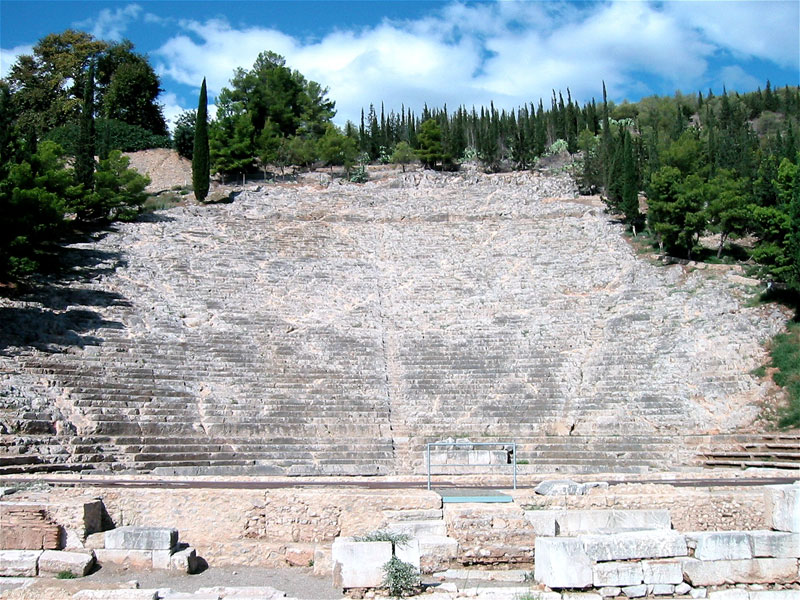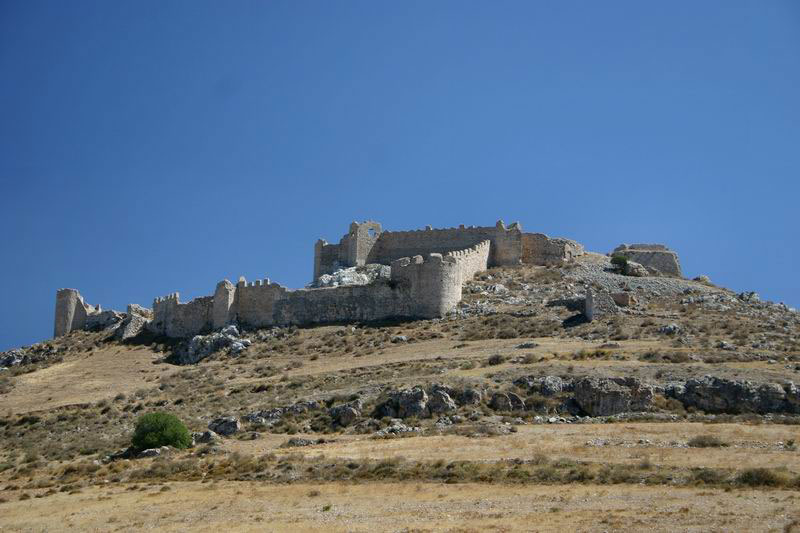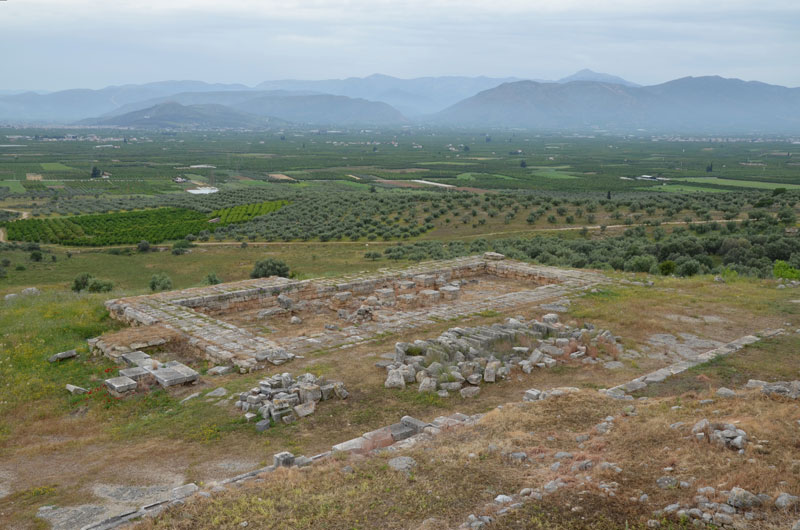Argos
Argos was believed to be one of the oldest cities in Ancient Greece which dated back to the Dark Ages or even further back in time. It lied on fertile plains of Argolis in the North-East of Peloponnesian peninsula and the city itself was situated around the hills Larissa and Aspis, just north of the Gulf of Argolis which made it a neat location for trade routes both via land and sea. The city was influenced by the neighbouring cities of Mycenae and Tiryns and grew along to become one of the major strongholds somewhere between 5th - 7th century BC. It is said that it reached its peak under the rule of king Pheidon who was a great tactician and was believed to be the inventor of the hoplite Phalanax which massively helped the Argives, as they were called, in warfare to gain control of the cities of Argolis and to rival the Spartans in power. They challanged Sparta for dominance of the Peloponnese and defeated them in the battle of Hysiae in 669 BC and twice afterwards but things have changed over the years. They have fought many wars and sided with different city-states until joining the Achaean league in 229 BC and later being taken by the Romans. Under the rule of Hadrian, the city enjoyed a special status where aquaeducts and baths were built and it continously floursihed way up to 12th Century AD.
Myths of gods and heroes
According to mythology, Argos was founded by Argus, a son of Zeus and Niobe, a daughter of Phoroneus. It is said that he named the kingdom, he deemed it was righfully his, after himself. It was also a place sacred to Hera after winning the dispute with Poseidon over the land and it is said that the god later, in revenge, dried up all remaining springs and left the land completely dry. It was also the birthplace of Perseus, a son of Zeus and Danae, a daughter of Acrisius, a king of Argos, and the home city of Diomedes, a Trojan war hero, according to Homer..
Monuments of Ancient Argos
One of the oldest monuments that stood the test of time is Larissa castle which was built using the old Myceanean stone work but has gone through medieval style expansions and repairs so the old style is not entirely intact. Another ancient and most spectacular monument is the Amphitheater of Argos which is believed to be the biggest of them all in Ancient Greece. Rightly so because it had a capacity of twenty thousand spectators and it must have been a jaw-dropping scenery. Nearby stands an ancient Agora which was the heart of the city and it was located at the junction of the roads coming from Heraion, Tegea and Corinth. In the vicinity, there can also be found Bouleuterion, a council house, Palaestra, a wrestling school, and a sanctuary of Apollo Lyceus. North-East of the city itself, Heraion was situated which was an important religious site of Argolis. It was a temple dedicated to Hera and it was a part of the greatest sanctuary in the area. Unfortunately, only the remains of once glorious sanctuary can now be found on the spot.
Amphitheater

It had a capacity of twenty thousand spectators
Larissa castle

Ancient castle that has endured a test of time
Heraion of Argos

Sanctuary dedicated to goddess Hera